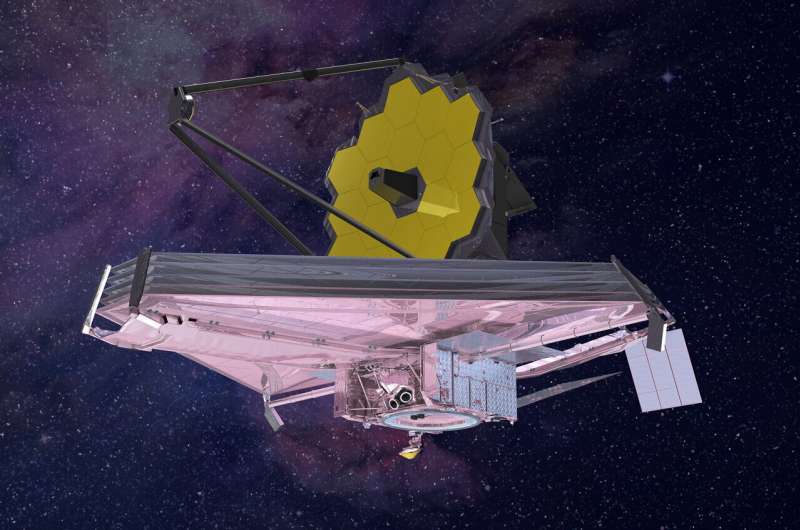"Webb's first year of observations (Cycle 1) has already been selected. There are three types of scientific programs planned: General Observer (GO), Guaranteed Time Observer (GTO), and Director's Discretionary Early Release Science (DD-ERS). The GO and DD-ERS programs include scientists from all over the world whose programs were selected in a dual anonymous peer review process. The GTO programs are led by scientists who made key contributions to the development of the observatory.
"All of the observations in approved Cycle 1 programs are available for scheduling at the beginning of regular operations. However, the DD-ERS observations have been given priority during the first five months because the DD-ERS programs are designed to help the scientific community understand Webb's performance for typical scientific observations as soon as possible.
"Webb's Long Range Planning Group (LRPG) has created a 12-month+ Observing Plan, including all of the approved observations, with the goal of creating the most efficient plan. Even though a Webb Observing Cycle is defined as a 12-month period, more than one year's worth of observations have been approved for Cycle 1. This over-subscription will enable a smooth transition between cycles as well as provide a repository of flight-ready observations that can be moved earlier, if a window opens up. At the current time, before the start of Cycle 1, the Observing Plan is not yet completely filled. This allows the schedulers to accommodate late-breaking Targets of Opportunity (ToOs) and Director's Discretionary (DD) programs. ToOs and DDs typically include 'unplanned for' events such as interstellar comets, gravitational wave sources, and supernovae.
"During regular operations, the Short Term Scheduling Group (STSG) will create detailed weekly schedules to be executed by the observatory during the following week. These Short Term Schedules will take into account several factors, including observing constraints, data volume limits for the onboard data recorder, momentum buildup on the observatory's reaction wheels, etc. At the beginning of each week, the Flight Operations Team will uplink the week's Short Term Schedule to Webb. At the end of each week, the LRPG will update the Observing Plan to reflect the actual programs that were executed, and to identify priorities for the following week. In this way, the LRPG and STSG work synergistically together throughout the observing cycle to maximize the scientific return from the observatory."
Explore further



